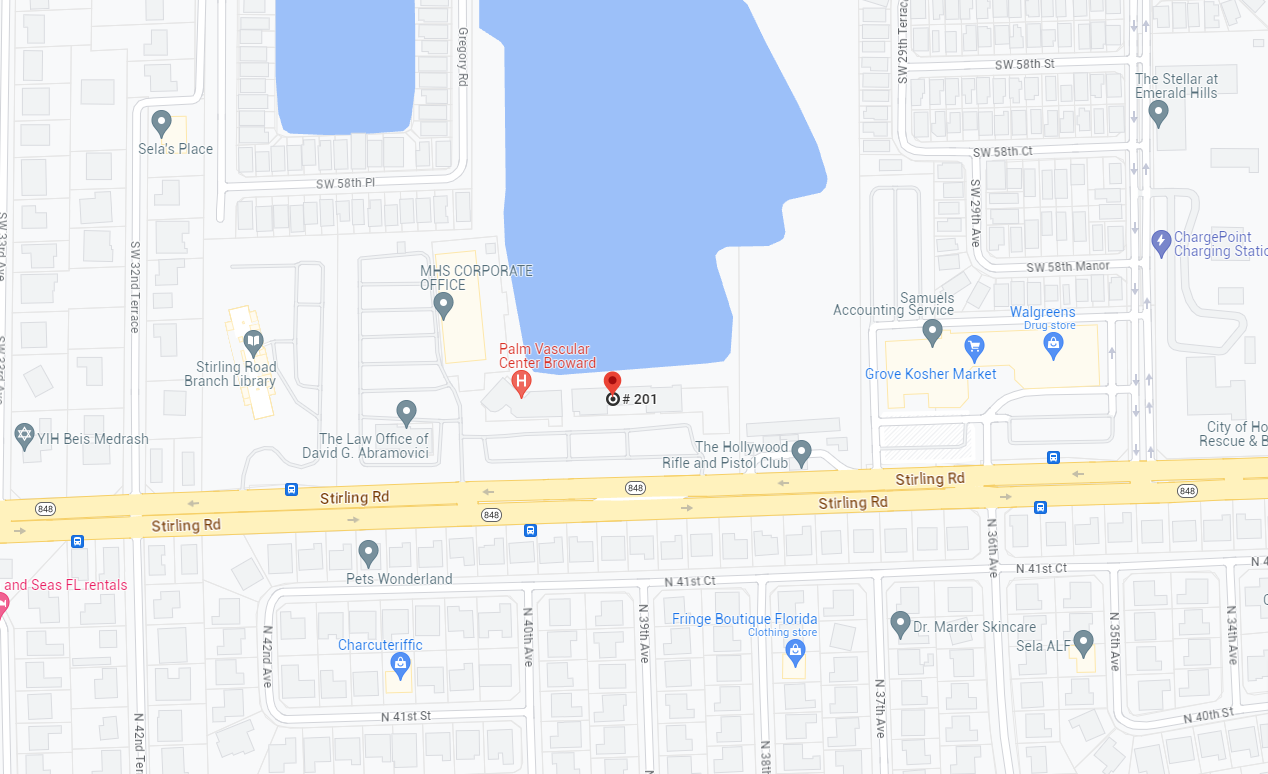Understanding Your Rights Regarding OSHA Violations
It’s so frustrating. As a contractor, you not only have to make sure you complete your scope of work on a project in accordance with the contract documents, design drawings, specifications, and building codes, while keeping track of all change orders, payments, and scheduling issues; you also have to ensure that all OSHA safety regulations are met, and that all of your employees are in strict compliance with the regulations at all times. It only takes one mistake, shortcut, or oversight, and an OSHA Compliance Officer is lurking to pounce at the job site to write a citation. Of course, barring injury, the penalty for the first citation is usually minor—a relatively small fine and some required OSHA training or continuing education classes. After the first violation is on your company’s record, however, it’s the possibility of a second citation in the future that is worrisome, because the fines for a second violation can often exceed $10,000.00.
Due to the threat of significant punishment for a second violation, it is usu ally in a contractor’s best interest to challenge the first citation to prevent even a single blemish on the company’s record. Challenges to citations for what may initially seem like an open-shut OSHA violation can often be successful, because OSHA must prove that the violation actually occurred—rather, the mere fact that the contractor received a citation is not enough. In general, OSHA must prove the following: (1) the regulation that was allegedly violated is applicable; (2) the hazard actually existed; (3) an employee was exposed to the hazard; and (4) the employer knew, or should have known, of the violation. If OSHA fails to prove even one of these elements, the citation will be dismissed.
ally in a contractor’s best interest to challenge the first citation to prevent even a single blemish on the company’s record. Challenges to citations for what may initially seem like an open-shut OSHA violation can often be successful, because OSHA must prove that the violation actually occurred—rather, the mere fact that the contractor received a citation is not enough. In general, OSHA must prove the following: (1) the regulation that was allegedly violated is applicable; (2) the hazard actually existed; (3) an employee was exposed to the hazard; and (4) the employer knew, or should have known, of the violation. If OSHA fails to prove even one of these elements, the citation will be dismissed.
Regarding the first element, it is possible that an OSHA compliance officer cited the wrong regulation. For example, in a situation where a contractor bores a concrete core through a roof, and the core falls to the next lower level and injures someone, there may not be an OSHA regulation that specifically requires a contractor to take certain safety precautions to prevent the concrete core from falling through its own hole. However, because someone was injured, an OSHA compliance officer may write the contractor a citation for failing to provide adequate fall protection (or a similar regulation). Such a regulation would likely not be applicable, because fall protection regulations are intended to prevent objects from falling off the ledge of a higher level, not to prevent a concrete core from falling directly through the hole from which it was drilled.
Regarding the second element, if, for example, a contractor is cited for failing to provide cave-in protection, such as a trench box, after excavating a trench through rock or limestone, OSHA would not be able to prove its case, because the hazard of a potential cave-in does not actually exist. Cave-in protection regulations are intended to protect excavation workers from the potential hazard of the sides of a trench caving in. But where a trench is dug into solid rock or another type of extremely hard surface, the sides of the trench are also solid and not susceptible to any type of cave-in.
Regarding the third element, if, for example, an excavation includes a trench of varying depths, and the contractor failed to provide cave-in protection, OSHA would have to prove that an employee was actually in the portion of the trench that was greater than five feet in depth. Thus, if OSHA could prove only that an employee was in the trench somewhere, but could not show that the employee was in the deeper areas of the trench, OSHA would fail to prove its case.
Finally, regarding the fourth element, if a contractor makes every effort to ensure that his or her company and employees are in compliance with all OSHA regulations, but one of the employees goes rogue and refuses (or forgets) to comply with a particular regulation while you are away from the job site, OSHA would likely not be able to prove that the contractor knew or should have known of the violation.
If you are a contractor in Broward, Miami-Dade, or Palm Beach County, and need legal representation to challenge an OSHA citation, then schedule a consultation with a Broward County construction lawyer by calling (954) 764-6766 or by completing the contact form on this page.










